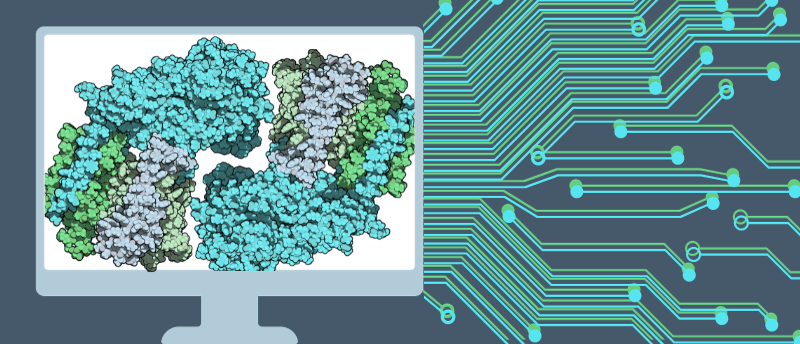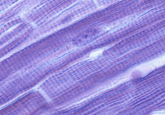A3D-MODB: the database predicting proteins’ propensity to aggregate

The most comprehensive database for protein interaction information has been developed, including aggregation propensity analyses on the proteomic scale and the ability to compare species.
Researchers at the Institut de Biotecnologia i de Biomedicina of the Universitat Autònoma de Barcelona (IBB-UAB; Spain) and the University of Warsaw (Poland), led by Salvador Ventura (IBB-UAB), have created Aggrescan 3D Model Organism Database (A3D-MODB). This open-access database brings together 12 model organisms’ proteomes, providing over half a million predictions of protein regions with the potential to form aggregates.
Protein aggregation is a common indicator of several pathologies, such as Alzheimer’s disease, amyotrophic lateral sclerosis and Parkinson’s disease. With this database, the researchers hope to better our understanding of how protein aggregation can lead to disease in some organisms and not others.
A3D-MODB builds upon the group’s previous resource called A3D, which was developed in 2015. The updated database expands on the original by including over 500,000 structural predictions for over 160,000 proteins from 12 organisms, and thanks to the database’s adaptive architecture, more organisms can be added in future.
 You gotta know how to fold ‘em: new computational model to predict protein folding
You gotta know how to fold ‘em: new computational model to predict protein folding
A new statistical model demonstrates the ability to correctly predict the folding mechanisms for both small and large proteins.
For now, the 12 organisms included are models often used in biological, biotechnological and biomedical research: the herbaceous plant Arabidopsis thaliana, the nematode worm Caenorhabditis elegans, zebrafish Danio rerio, the enteric bacterium Escherichia coli, the minimal genome bacteria Mycoplasma genitalium, mouse Mus musculus, the fusion and fission yeasts Saccharomyces cerevisiae and Schizosaccharomyces pombe, human Homo sapiens, rat Rattus norvegicus, the fruit fly Drosophila melanogaster and the COVID-19 causative virus SARS-CoV-2.
In order to build A3D-MODB, the researchers used numerous computational resources, including AlphaFold and TOPCONS, in addition to organism-specific databases, such as the Human Protein Atlas and Wormbase. A3D-MODB contains data on protein solubility and stability as well as useful information for contextualizing protein aggregation, such as membrane protein topology and structural model confidence, which provides insight into protein disorders.
“We anticipate that it will offer solutions to a much wider audience of researchers, not only because of the large collection of structures, but also because of its integration with databases from different biological fields,” commented Ventura. “We are confident that it will set a new standard in protein aggregation research and we expect it to become a basic resource in this field.”

